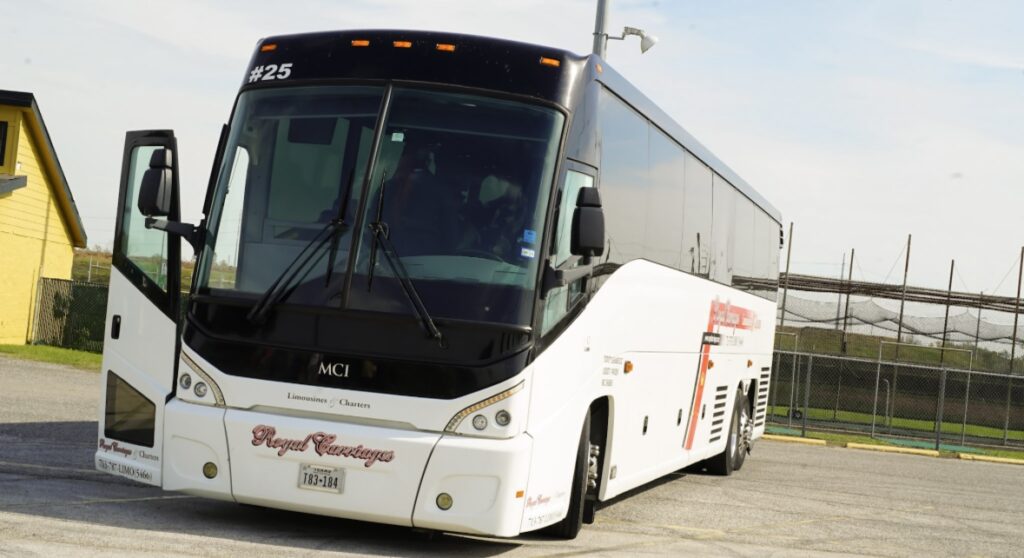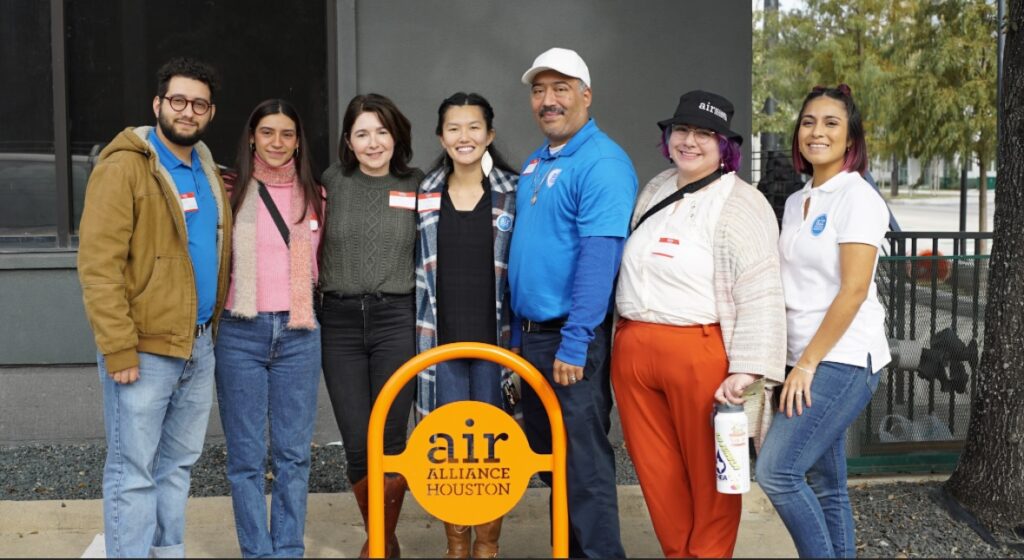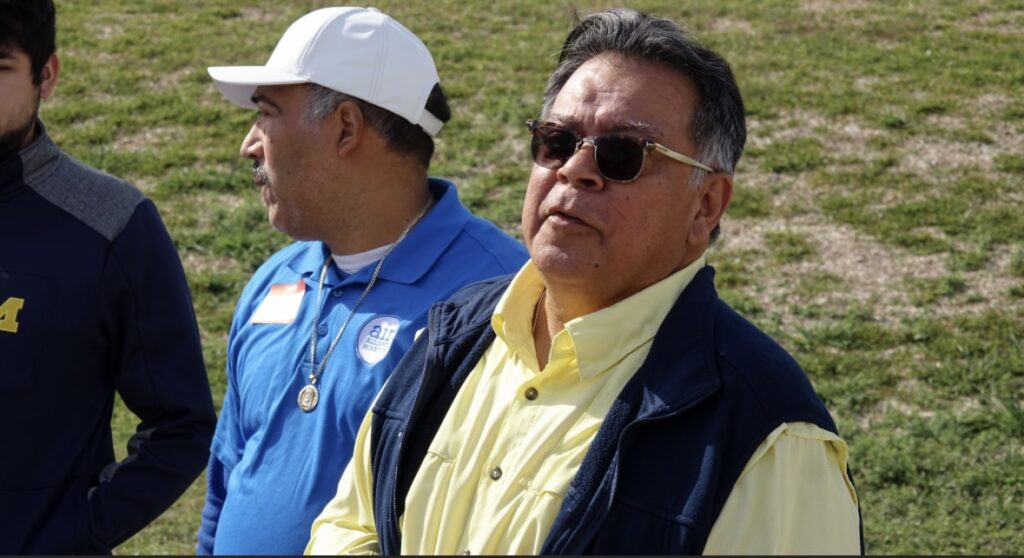Toxic air pollution in Houston’s underserved communities: A crisis unveiled


In a recent eye-opening bus tour organized by EMS in collaboration with Air Alliance Houston, 35 ethnic media representatives from the Houston Ethnic Media (HEM) consortium were exposed to the stark realities of air pollution in the Houston Ship Channel area. This industrial hub, known for its dense concentration of refineries, petrochemical, and cement production plants, is not just a global industrial powerhouse but also a source of severe environmental concern.
The tour revealed alarming facts about the state of air pollution in Greater Houston, one of the most polluted metro regions in the United States. The area’s struggle with air pollution is multifaceted, stemming from a variety of sources and exacerbated by Texas’s lenient regulatory environment.

Key Findings from the Tour:

Voices from the Ground
Jennifer Hadayia, Executive Director of Air Alliance Houston, highlighted the lack of zoning as a critical issue, noting that “half of the sources of air pollution in Houston come from industries that are not rigorously regulated.” She explained how the problem was linked to redlining.
“Redlining was real in Houston. You can look at old maps in Houston and real estate agencies redlined all the Wards in Houston and you’ll also see an overlay with redlined communities where land was undervalued, people were cut off from each other through freeway expansions and those communities were Black, brown or lower income and that is where industry came in, bought up cheap land, built the refineries and continue to build those sources of pollution across from hospitals today. That has to stop,” Hadayia said.

Cruz Hinojosa, a resident and activist with ECAGP, shared a personal account of moving to the area, initially oblivious to the environmental hazards, and the gradual realization of the adverse effects caused by nearby plants.
“When I moved here, I didn’t think anything about the plants, I did not think anything about the air, I didn’t think anything about the environment. I just got a good deal on a home and that’s what I was concerned about, and they had a great school district here,” Hinojosa said. “Then I started becoming aware of the things that were not natural. The things that the plants were subjecting us to.”
Juan Flores, Community Air Monitoring Program Manager for Air Alliance, emphasized the need for transparency, communication, and enforcement of existing regulations by companies and the Texas Commission on Environmental Quality (TCEQ). He advocates for these billion-dollar corporations to be good neighbors, invest in fixing the problems, and be transparent about incidents like chemical leaks.
“Be transparent, give us a heads up. If there’s a chemical leak, let us know it happened because sometimes there’s leaks here and they won’t admit it, but we smell it. Trying to hide it from us and saying it never happened is B.S. We see it, we smell it, we see the flares, we see everything going up and sometimes we hear the alarms,” Flores said. Sometimes in the middle of the night we can hear them saying ‘shelter in place’ but we are community members thinking, ‘if they are sheltering in place, shouldn’t we?’ What’s really going on? We see them taking cover but ‘How about us?’”

A Call for Action
The situation in Houston’s underserved communities is a clear call for urgent action. It demands stricter enforcement of environmental regulations, increased transparency from industrial corporations, and greater community engagement in environmental monitoring and advocacy. The health and wellbeing of thousands are at stake, underscoring the need for a collective effort to combat this ongoing crisis.
For more detailed information and ways to support, visit Air Alliance Houston.
